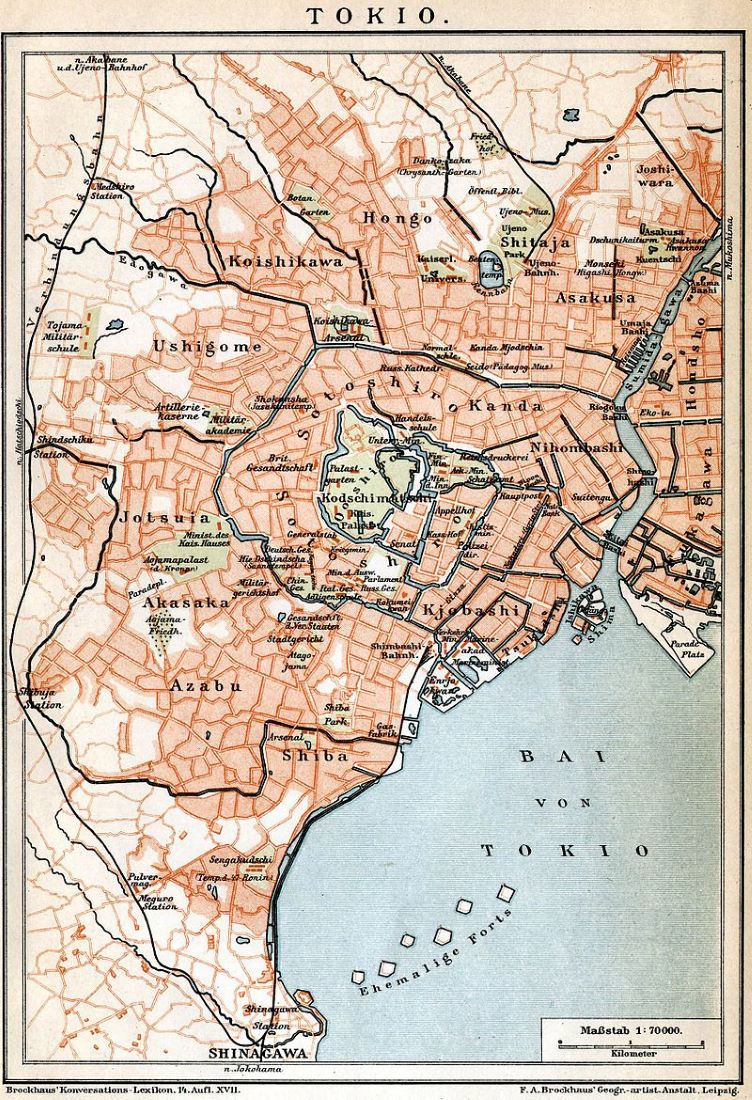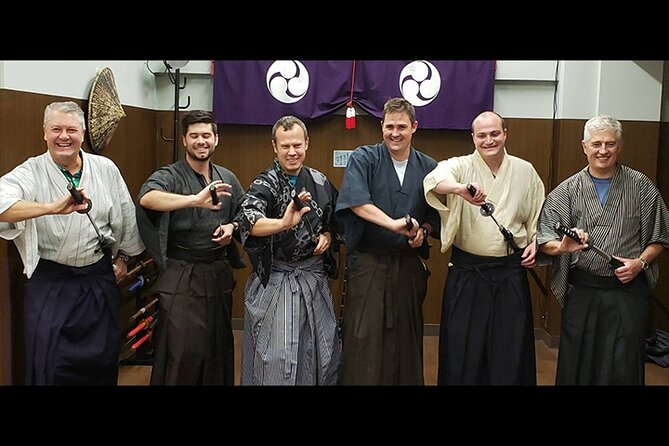During the Meiji Restoration, Tokyo was a city in the midst of great change. The period, which lasted from 1868 to 1912, saw Japan’s transition from a feudal society to a modern, industrialized nation. As the country’s political and economic center, Tokyo played a pivotal role in this transformation.
Under the Meiji government, Tokyo underwent a rapid modernization process. The city’s infrastructure was upgraded with new roads, bridges, and public buildings. Western-style schools and universities were established, and the Japanese language was reformed to include more Western loanwords. The city’s population grew rapidly, as people from all over Japan flocked to Tokyo in search of work and opportunity.

Despite these changes, Tokyo remained deeply rooted in its traditional culture. The city’s many temples, shrines, and festivals continued to be an important part of daily life. Visitors to Tokyo during the Meiji period would have encountered a unique blend of old and new, as the city struggled to reconcile its past with its future.
Background
Understanding the historical context of Tokyo during the Meiji Restoration is crucial to appreciate the transformation that the city underwent during that period. This section provides an overview of Japan in the mid-19th century and an introduction to the Meiji Restoration.
Japan in the mid-19th century

During the mid-19th century, Japan was a feudal society ruled by the Tokugawa shogunate. The country was isolated from the rest of the world, and foreign influence was heavily restricted. However, the arrival of American Commodore Matthew Perry in 1853 marked the beginning of a new era for Japan. Perry demanded that Japan open its ports to foreign trade, which led to the signing of the Treaty of Kanagawa in 1854. This treaty allowed American ships to resupply in two Japanese ports, and it paved the way for similar treaties with other Western powers.
The opening of Japan to the outside world had a profound impact on Japanese society. The country experienced rapid modernization, and new ideas and technologies were introduced from the West. However, the Tokugawa shogunate was unable to keep up with the pace of change, and dissatisfaction with the government grew among the population.
Meiji Restoration overview

The Meiji Restoration was a political and social revolution that took place in Japan from 1868 to 1912. The goal of the restoration was to modernize Japan and strengthen its position as a world power. The restoration was led by the Meiji Emperor, who took power from the shogunate and established a new government.
The Meiji government implemented a series of reforms that transformed Japanese society. The government abolished the feudal system and established a new system of government based on Western models. The government also invested heavily in infrastructure, including railroads and telegraph lines. The Meiji government encouraged industrialization and modernization, and Japan rapidly became a major world power.
The Meiji Restoration had a profound impact on Tokyo, which was then known as Edo. The city underwent a massive transformation, with new buildings, roads, and infrastructure being built at a breakneck pace. The city became the political and cultural center of Japan and played a crucial role in the country’s emergence as a world power.
Changes in Tokyo during Meiji Restoration

Political Changes

During the Meiji Restoration, Tokyo (formerly known as Edo) underwent significant political changes. The feudal system was abolished, and the emperor was restored to power. The capital was moved from Kyoto to Tokyo, and the city was renamed Tokyo (meaning “Eastern Capital”). The new government implemented a centralized system of government, with a constitution and a parliament (Diet).
The new government also initiated a series of reforms to modernize the country and make it more competitive with Western powers. The government sent officials to study in the West, and they brought back ideas and technologies that transformed the country. The government established a modern army and navy, built railroads and telegraph lines, and encouraged industrialization.
Social Changes
The Meiji Restoration brought about significant social changes in Tokyo. The caste system was abolished, and people were allowed to move up in society based on their abilities and achievements, rather than their birth. Education was made compulsory, and schools were established throughout the city.
Western clothing and hairstyles became fashionable, and people began to adopt Western customs and manners. The samurai class, which had dominated society for centuries, lost their privileged status and were forced to find new occupations.
Economic Changes
The Meiji Restoration brought about significant economic changes in Tokyo. The government implemented policies to encourage industrialization and modernization, and entrepreneurs and investors flocked to the city to take advantage of the new opportunities.
The government established a national bank and a modern currency, which facilitated trade and commerce. The government also encouraged foreign investment and trade, and Tokyo became a major center of international commerce. The city grew rapidly, with new factories, businesses, and residential areas springing up throughout the city.
Overall, the Meiji Restoration brought about significant changes to Tokyo, transforming it from a feudal city to a modern metropolis. These changes laid the foundation for Tokyo’s growth and development into one of the world’s largest and most dynamic cities.
Westernization

Influence of the West on Tokyo
During the Meiji Restoration, Japan underwent a rapid process of modernization and Westernization. Tokyo, then known as Edo, was transformed from a feudal city into a modern metropolis. The Western influence can be seen in many aspects of Tokyo’s culture, society, and infrastructure. One of the most significant changes was the adoption of Western technology and industry. The government encouraged the establishment of factories and the development of a modern transportation system. The introduction of railways, telegraphs, and steamships revolutionized the way people and goods were transported across the country. Tokyo became the center of Japan’s modern economy, with many new industries and businesses emerging in the city.
Architecture and Urban Planning

The Western influence can also be seen in Tokyo’s architecture and urban planning. The city was redesigned with wide streets and modern buildings, replacing the narrow and winding alleys of the Edo period. The government hired foreign architects and engineers to design new buildings, such as the Tokyo Station and the Imperial Hotel. The Western-style buildings were not only functional but also conveyed a sense of modernity and progress. The introduction of gas lighting and the construction of parks and public spaces further enhanced the city’s modern image.
Education and Culture
The Meiji government also recognized the importance of education and culture in modernizing Japan. The Western education system was adopted, with English becoming a mandatory subject in schools. The government also sent students to study abroad in Western countries to learn about their culture and technology. The Western influence can also be seen in Tokyo’s art and literature. Many Japanese artists and writers were inspired by Western styles and techniques, such as Impressionism and Realism. Western literature was translated into Japanese, and many Japanese writers began to experiment with new styles and themes. Overall, the Westernization of Tokyo during the Meiji Restoration had a profound impact on the city and Japan as a whole. It paved the way for Japan’s rapid modernization and transformation into a major world power.
The Sum Up
During the Meiji Restoration, Tokyo underwent a massive transformation that set it on the path to becoming the modern metropolis it is today. The city was rebuilt with modern infrastructure, new industries were established, and Western ideas were adopted. The restoration also brought about political and social changes that paved the way for Japan’s rise as a world power.
Overall, the Meiji Restoration was a pivotal moment in Tokyo’s history that set it on the path to becoming the thriving city it is today. Its impact can still be felt in the city’s culture, architecture, and economy, making it a fascinating destination for history buffs and modern travelers alike.






